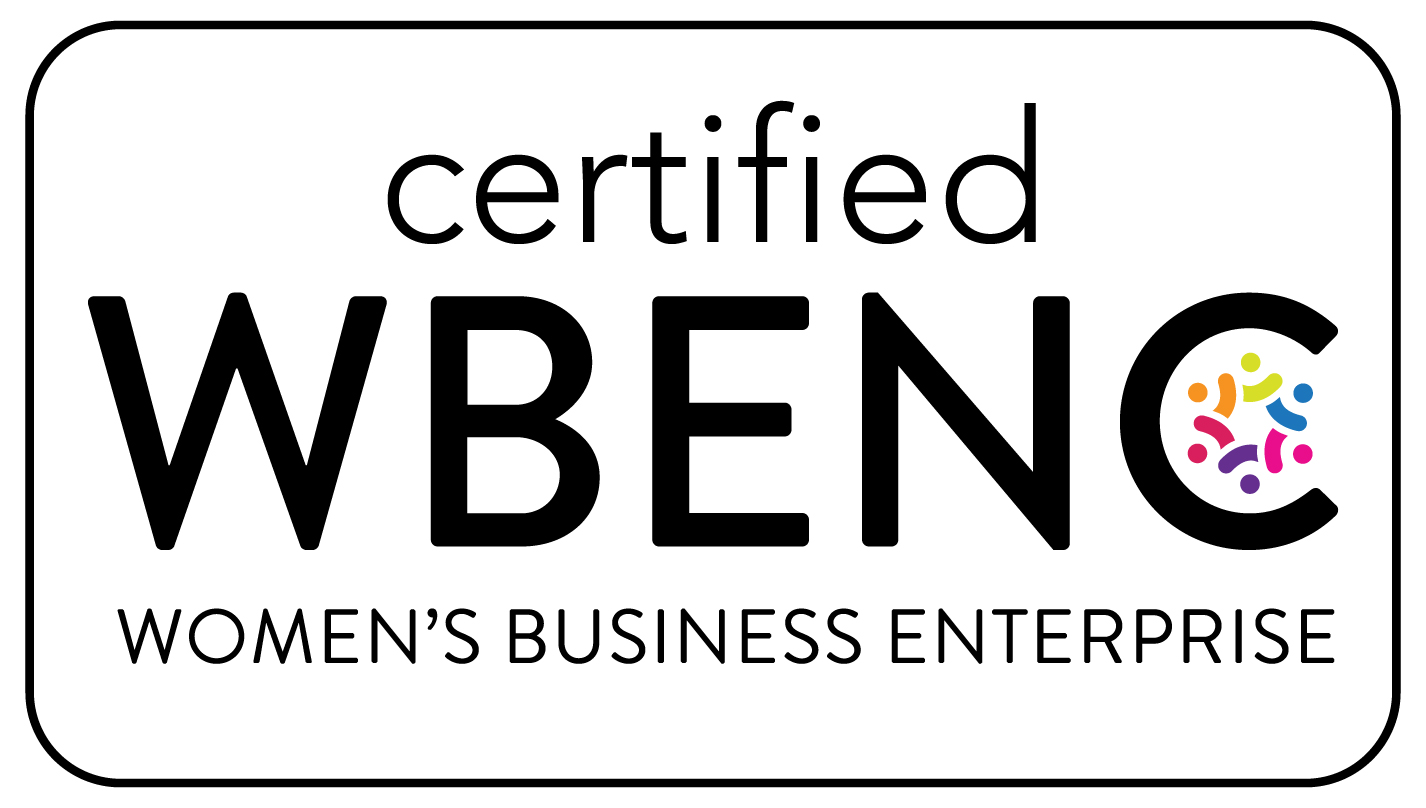As we’re mapping out a M&A deal, one thing that often comes as a surprise to clients is the number of agreements required to make up a transaction. It can be quite a task to keep track of, negotiate, and arrange signing logistics for even one agreement, so why bring five or six different agreements to one transaction?
A business is a larger and more complex asset than most things we buy and sell. You can buy or sell a lawnmower on Facebook Marketplace or Craigslist. A couple hundred bucks goes one way, the lawn mower goes the other way, and the deal is done. It doesn’t work this way when buying or selling a business.
That lawnmower, while it’s an asset with value that’s capable of being deployed profitably, is different from a business in a lot of ways: it doesn’t own any other assets, it doesn’t employ anyone, it doesn’t owe anyone anything. It’s probably only owned by one person. There are probably not a lot of complicated strings attached to its ownership or value, so once money and possession change hands, the buyer and seller are unlikely to ever think about it again – and even if something goes terribly wrong – if it turns out it was stolen and the seller didn’t own it, or it had engine problem and blows up a week after the sale – at worst the buyer is out a few hundred bucks. No fun, but probably not life changing.
The composition of the assets, and the stakes are entirely different when we’re talking about a live company. The sale and purchase of a business is probably best understood as a series of smaller transactions. Whether the transaction is structured as an equity purchase or an asset purchase, there will generally be a master transaction document that will lay out the general terms and scope of the transaction. In addition to establishing what is actually being bought and sold, by whom, and what the price is. The most important thing this document usually does beyond establishing the framework of the deal is allocate risk among the parties by way of representation, warranty, and indemnification provisions. The transaction document is central to the deal, but it doesn’t get us all the way done.
When we talk about allocating risk, we need to know what risk to allocate, so we need disclosure schedules. These can be dozens or hundreds of pages long.
At closing, you’ll need a document confirming that any assets purchased have been transferred. This is generally accomplished with a Bill of Sale. Certain assets being sold need to have special documentation to actually transfer them:
- Intellectual property
- Intangible property
- Titled property
- Other specialized types of property may require documentation
Any consents required by third parties will need to be documented.
If the buyer wants to ensure that the seller or the seller’s key employees stay on in some advisory capacity to help with the transition – transition services or employment agreements will need to be put in place.
If the transaction price is financed, there will be a whole loan process to go through – and the documents associated with that.
When looked at as a set of related, but separate transactions, each involving different parties, it starts to make more sense to keep the documents separate. Negotiating changes, arranging meetings, and coordinating signatures is hard enough with two parties – at become exponentially more difficult the more parties are added. Also, there is likely confidential information that parties don’t want made available to all the other folks involved in the transaction.
I’d love to have it all on one document. Administering the transaction and keeping track of email chains and documents would be much easier that way. The practical reality is that its ultimately more efficient to manage 5 or 6 (or however many) single purpose documents than it is to cart around a single 600-page transaction binder.










